- Blogs
- All you need to know about Pipe Insulation Cladding
All you need to know about Pipe Insulation Cladding
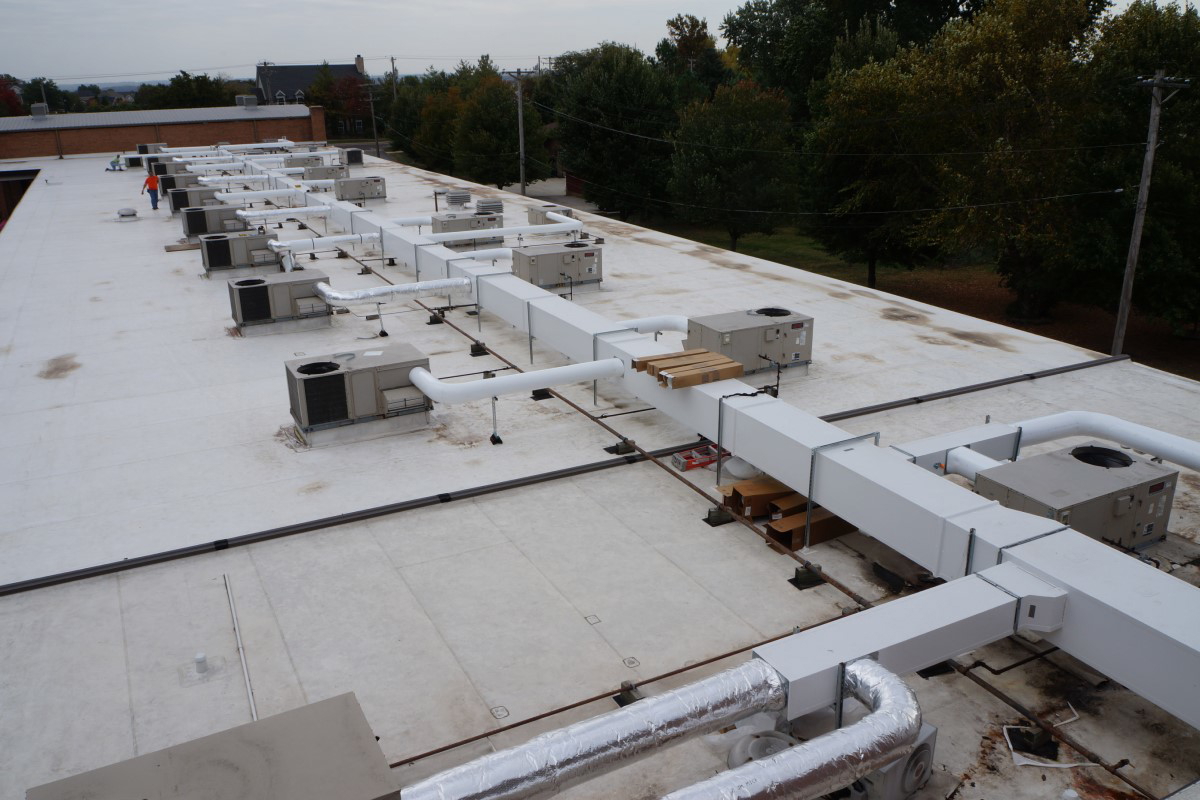
At Buy Insulation Online, our aim has always been to bring you, not only premium insulation materials but also top tips on insulation to help you find the right insulation materials for your application.
Over the last few months, we have covered many aspects of insulation in our blogs, but we are yet to cover cladding or rather, pipe insulation cladding, so here it is. In this blog, we will discuss cladding and its advantages. We will also focus on the materials used to clad pipe and ductwork and their installation.
So, What is Cladding?
Simply put, cladding refers to the external or outer skin of a set-up. Pipe insulation cladding is basically covering the insulated pipework with a weatherproofing jacket that will protect the insulation and the pipes from damage due to UV rays, damage and corrosion.
What are the advantages of cladding pipework?
Cladding is applied to pipes located both outside and inside a building. They bring in many benefits, including:
- Cladding pipes will also protect them from moisture ingress, intrusion of chemicals, oil, and other materials.
- Cladding pipes, whether located outside or inside, ensure protection not just to pipe insulation, but also to the pipes. It protects pipe lagging against mechanical harm and daily wear and tear.
- Cladding external pipework minimises the effect of UV radiation on pipework. It ensures protection against corrosion and extreme weather conditions.
- Cladding gives a sleek ad neat finishing to the exposed pipework, thus enhancing its appearance.
- It reduces the time required to clean and maintain the pipes.
What are the different materials used to clad pipes?
Insulated pipe works can be protected using aluminium sheets, jacketing systems like PIB and others. Here, we will discuss some of the best cladding materials that we store here at Buy Insulation Online.
Stucco Aluminium Cladding:
At Buy Insulation Online, we offer high-quality, pebble-shaped stucco aluminium sheets supplied in lengths of 1m to protect pipework. They are generally used to clad external pipework. We store the aluminium cladding in a range of sizes for you to pick out the one that best fits your cladding requirements.
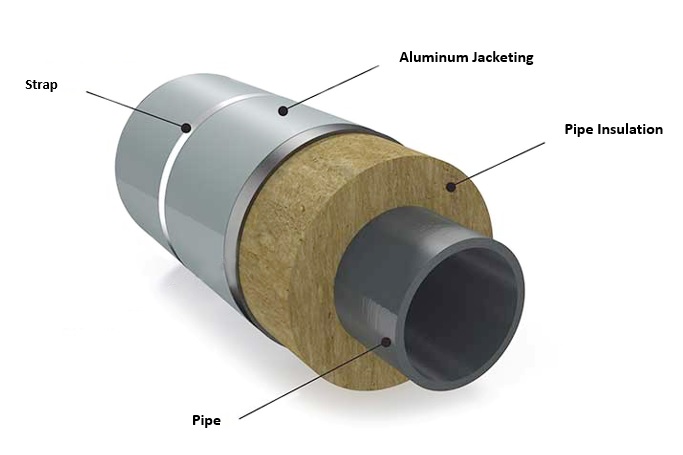
What is Stucco Aluminium?
Stucco Aluminium is basically, an aluminium sheet made of alloy 1050 - a very popular grade of aluminium commonly used in applications where moderate strength is required. It is a lightweight sheet that perfectly moulds to any surface and can be secured using rivets and drill bits.
Some of the benefits of using Stucco Aluminium to clad pipework include:
Mechanical Strength: Metal cladding provides the best protection against mechanical damage. Our range of metal cladding insulation offers higher mechanical strength, even at a low thickness.
Cost-effective: Aluminium sheets are the most cost-effective way to clad pipes.
Corrosion Resistance: Aluminium cladding minimises the ingress of moist air and water onto the insulated pipework. It works as an excellent anti-corrosion material.
Aesthetic Finish: Aluminium cladding gives the pipework a neat and smooth finish. You will not find the insulation fibres around when you clad the insulated pipework with stucco aluminium cladding.
How to install Stucco Aluminium Cladding?
To install the stucco aluminium cladding around insulated pipework:
- First, cut the thin aluminium sheet to the required size. Allow for a 25-30cm overlap around the insulated pipework.
- Wrap the aluminium sheets around the insulated pipes and secure them at the overlap with rivets at every 200-300mm interval along the length of the joint.
- Then secure the seam with foil tapes with a plastic spatula to achieve complete adhesion over the rivets.
PIB Insulation:
Here at Buy Insulation Online, we store 3 variants of PIB sheets. PIB insulation protects external ducts and pipework from the extreme effects of weather. Insulation sheets made from PIB are durable, water-resistant and abrasion-resistant.
What is PIB Insulation?
PIB Insulation is a thermoplastic elastomer made of Polyisobutylene. Over the years, this cladding insulation has proven to be tough, durable and tolerant to extreme weather and mechanical damage.
What are the uses of PIB:
- PIB Insulation does not melt or harden on exposure to extreme temperatures.
- They easily hold the pipe or duct insulation in place and are very easy to install. They can be secured using PIB welding agents or white spirit.
- They exhibit outstanding physical properties in temperatures as high as +72°C and as low as -34°C. This means, that PIB Insulation can be used to clad both hot and cold pipe or ductwork.
- PIB Insulation does not just protect the externally located pipe and duct work from damage due to weather or UV rays, but it also gives them a neat, smooth and professional finish.
- They are extremely resistant to chemicals and also protect the pipe and duct insulation from moisture ingress.
- PIB insulation is the preferred choice of insulation contractors as it is easy to use, can be easily cut to size and welded on site.
At Buy Insulation Online, we supply PIB insulation in both chalked and interleaved forms to prevent the premature self-amalgamation of the Polyisobutylene sheets.
How to install PIB Insulation?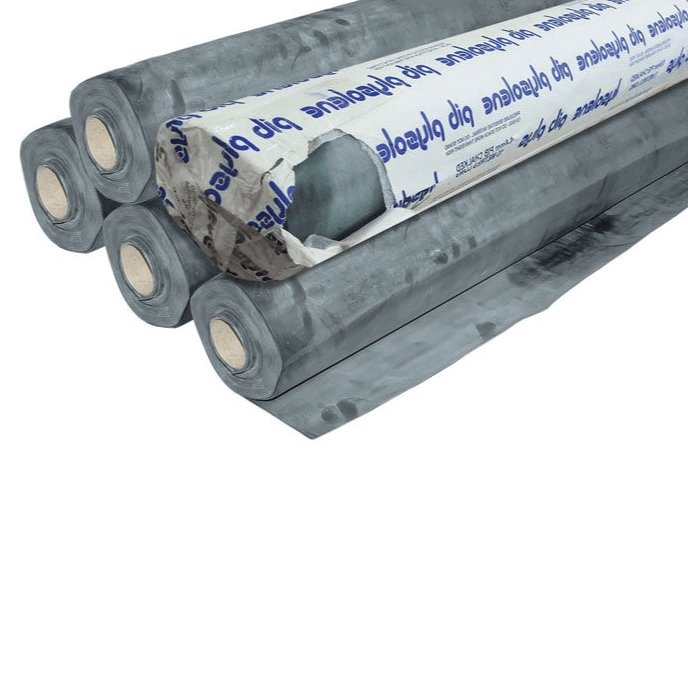
To install PIB around the insulated pipework:
- First off, clean the insulated surface of the pipes, and free them from any dirt or dust particles.
- Measure the circumference of the insulated pipework and cut the pIB insulation to size.
- Place the PIB insulation over the insulated pipework.
- Take a thick brush and dip it in the PIB welding agent or white spirit.
- Apply the welding agent on one end of the PIB and the insulated pipework. Quickly place the other end of the PIB sheet and seal the PIB insulation together.
- The white spirit or the welding agent will melt the PIB and allow it to weld onto the pipe surface.
Klasse Clad - Duct and Pipe Jacketing:
At Buy Insulation Online, we store both the 5Ply and the heavy-grade pipe jacketing system from the UK’s very own brand, Klasse. Klasse Clad is a self-adhesive jacketing system that is typically used to clad insulated pipe and ductwork and in pipe jacketing applications. It is specially designed to clad commercial pipework, ducts and equipment.
What is KlasseClad - 5 and 10-ply jacketing?
Klasse Clad is a weatherproofing membrane made of a 5 or 10-ply aluminium and polymer laminated film. The pipe jacketing system comes with a pressure-sensitive adhesive and release liner to enable easy application on pipe and duct insulation.
Benefits:
- Klasse Clad jacketing has a protective exterior coat to give a high resistance to UV and other environmental pollutants.
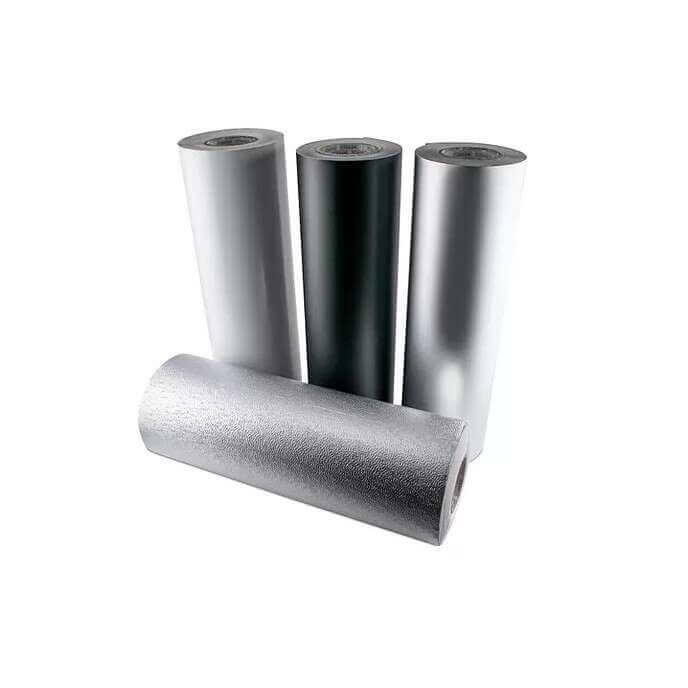
- Pipe insulation cladding has very low water permeability and protects insulated pipework from moisture ingress.
- It is long-lasting and durable, plus it protects pipe and duct insulation from any physical damage.
- Pipe cladding continues to exhibit superior weatherproofing properties in temperatures as low as -70°C and as high as 150°C.
How to install Klasse jacketing systems?
Klasse Clad pipe and duct jacketing rolls are very easy to install. All you have to do is :
- First, cut the cladding sheet to size.
- Clean the surface of the insulated pipe or ductwork and free it from any oil or dust.
- Release the backing paper and carefully place the jacketing sheet over the insulated pipework.
Isogenopak Cladding:
Isogenopak is a thin plastic film that is virtually impenetrable to water. It protects the insulated pipe sections not only from water ingress but also from external damage and damage due to UV exposure. In addition, the smooth surface of the isogenopak cladding ensures a neat, professional finish to the insulated pipework.
The best part about isogenopak insulation is that once installed, it does not require maintenance, thanks to its anti-static properties.
At Buy Insulation Online, we supply isogenopak rolls as well as, pre-formed bends along with accessories like bradawls and rivets that help in the easy installation of isogenopak cladding. Pre-formed S and W bends are made to size so they can fit easily into the S and W bends in the pipeline.
Benefits of using Isogenopak Insulation:
- The inherent curl of isogenopak rolls enables easy application around pipes and ductwork. It significantly reduces installation time.
- They protect insulated pipe and ductwork from water ingress, harsh climate and extreme temperatures.
- Isogenopak rolls can be used to cover both rectangular and circular ductwork, as they come in flat sheets.
- Isogenopak can be used to clad both hot and cold water pipes as they give efficient protection in the temperature range of -20C to 65C.
How to install isogenopak cladding?
Installing isogenopak is a simple process. As mentioned earlier, isogenopak rolls have curls, which makes the installation easy. It is very similar to installing aluminium cladding around pipework, as already discussed above.
Isogenopak insulation is secured using rivets and bradwals. Use pre-formed PVS cladding for the bends, also available here at Buy Insulation Online.
For top-quality cladding insulation, visit Buy Insulation Online. We supply ductwrap, foam pipe lagging, valve covers along with loft insulation rolls, cavity insulation batts and much more. Visit us and order today!

Samuel Hitch
Managing Director
Buy Insulation Online.
Leave A Reply
Your feedback is greatly appreciated, please comment on our content below. Your email address will not be published. Required fields are marked *
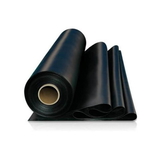
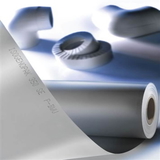
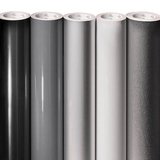
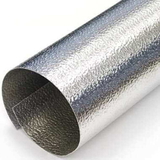
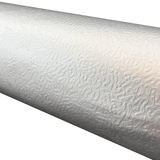
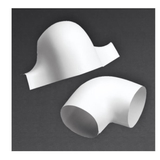
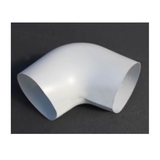
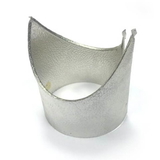
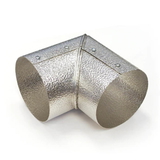
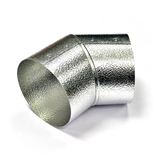



















































































































































































































































































































































1 Comments
Derek Hood
With over 40 years experience in the HVAC & Indutrial insulation business I can say that while cladding can be beneficial and does offer some protection, it is also the most challenging issue facing many of the world's industrial facilities and Corrosion Under Insulation(CUI) issues are massive. For cladding to be effective, it must be fitted correctly and work in harmony with the chosen insulation material. Significantly there is no mention of Polymeric Barriers or GRP cladding, both of which are the preferred cladding used now in the Offshore and Heavy industrial markets.